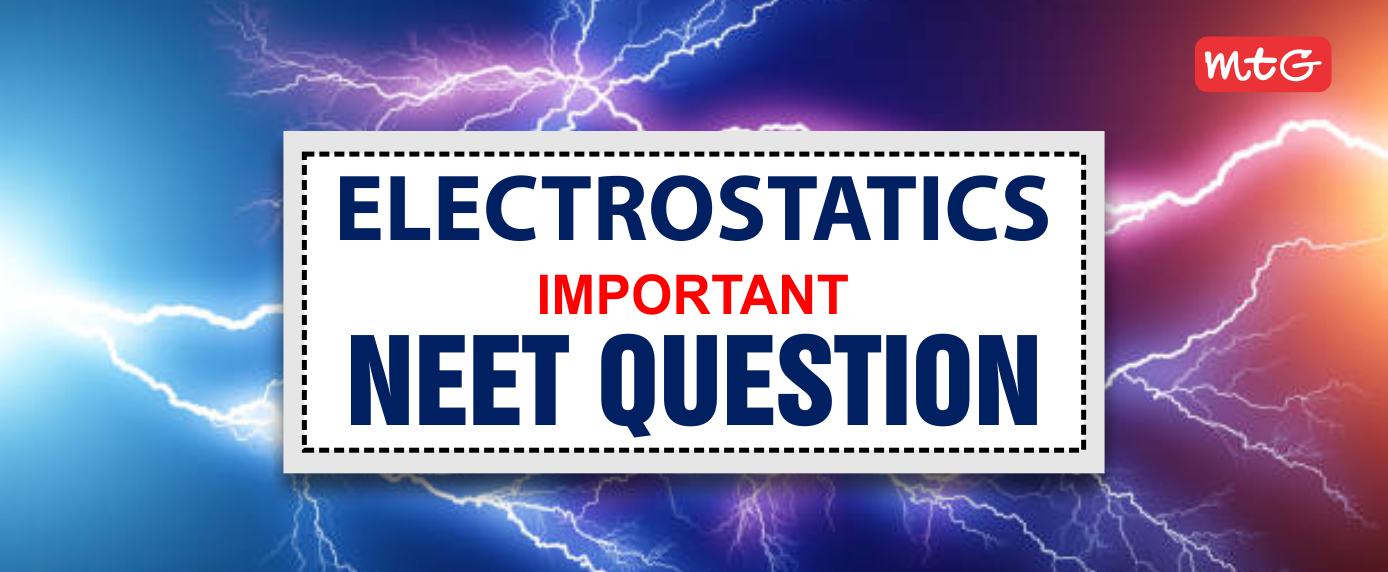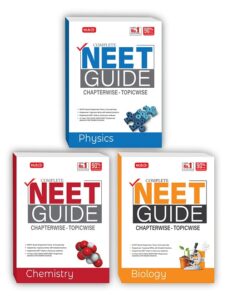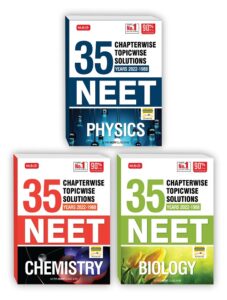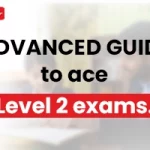
Many important questions are formed in competitive exams like CUET, JEE, NEET, and boards from Class 12 Physics Chapter 1. Electrostatics is the branch of physics that deals with the properties of charges at rest and slow-moving electric charges. Below, we have provided Important Questions from Class 12 Physics Chapter 1 Electrostatics for your NEET 2023 preparation. You can check it here for revision purposes.
Latest –
Electrostatics JEE Mains Questions and Answers
Electrostatics Class 12 CUET Questions and Answers
Electrostatics Class 12 NEET Questions and Answers
We’ve compiled a list of important questions about the Electrostatics physics class 12 chapter 1 that you should not miss while studying for your NEET Exams.
Q.1. An electric dipole is placed at an angle of 30° with an electric field of intensity 2 × 105 N C–1. It experiences a torque equal to 4 N m. Calculate the charge on the dipole if the dipole length is 2 cm.
(a) 2 mC (b) 4 mC
(c) 2 μC (d) 4 μC
A.1. (a)
Q.2. Two point charges are 3 m apart and their combined charge is 8 μC. The force of repulsion between them is 0.012 N. Charges are
(a) 4 μC, 4 μC (b) 6 μC, 2 μC
(c) 5 μC, 3 μC (d) 7 μC, 1 μC
A.2. (b)
CUET Subjectwise Questions
Q.3. A charge of magnitude q is distributed uniformly on a solid sphere. The electric field at a point inside the sphere (r < R) varies as
(a) 1/r3 (b) 1/r2 (c) r (d) r2
A.3. (c)
Q.4. Two identical spheres carrying charges –9 μC and 5 μC respectively are kept in contact and then separated from each other. Point out true statement from the following. In each sphere
(a) 1.25 × 1013 electrons are in deficit
(b) 1.25 × 1013 electrons are in excess
(c) 2.15 × 1013 electrons are in excess
(d) 2.15 × 1013 electrons are in deficit
A.4. (b)
Q.5. A charge Q is enclosed by a Gaussian spherical surface of radius R. If the radius is doubled, then the outward electric flux will
(a) increase four times (b) be reduced to half
(c) remain the same (d) be doubled
A.5. (c)
Q.6. A 10 μF capacitor is charged to a potential difference of 1000 V. The terminals of the charged capacitor are disconnected from the power supply and connected to the terminals of an uncharged 6 μF capacitor. What is the final potential difference across each capacitor?
(a) 167 V (b) 100 V (c) 625 V (d) 250 V
A.6. (c)
Q.7. Two points charges A and B of values +5 × 10–9 C and +3 × 10–9 C are kept 6 cm apart in air. When the charge B is moved by 1 cm towards charge A, then work done is equal to
(a) 4.5 × 10–6 J (b) 4.5 × 10–7 J
(c) 3.5 × 10–7 J (d) 4.5 × 10–8 J
A.7. (b)
Q.8. A simple pendulum has time period T. The bob is given negative charge and surface below it is given positive charge. The new time period will be
(a) less than T (b) greater than T
(c) equal to T (d) infinite
A.8. (d)
Preparing for NEET? Don’t forget to check –
The Living World NEET Questions and Answers
Biological Classification NEET Questions and Answers
Plant Kingdom NEET Questions and Answers
Animal Kingdom NEET Questions and Answers
Q.9. In figure C1 = 10 μF, C2 = 20 μF and C3 = 15 μF. The potential difference across C3 is

(a) 25 V (b) 80 V
(c) 35 V (d) 40 V
A.9. (b)
Q.10. The capacitance of a parallel plate capacitor with air as medium is 3 μF. With the introduction of a dielectric medium between the plates, the capacitance becomes 15 μF. The permittivity of the medium is
(a) 5 C2N–1 m–2
(b) 15 C2N–1 m–2
(c) 0.44 × 10–10 C2N–1 m–2
(d) 8.854 × 10–11 C2N–1 m–2
A.10. (c)
Best & Most Recommended Books for NEET UG 2023 Exam
|
NEET Champion
|
35 Years NEET Chapter-wise Solutions
|



































